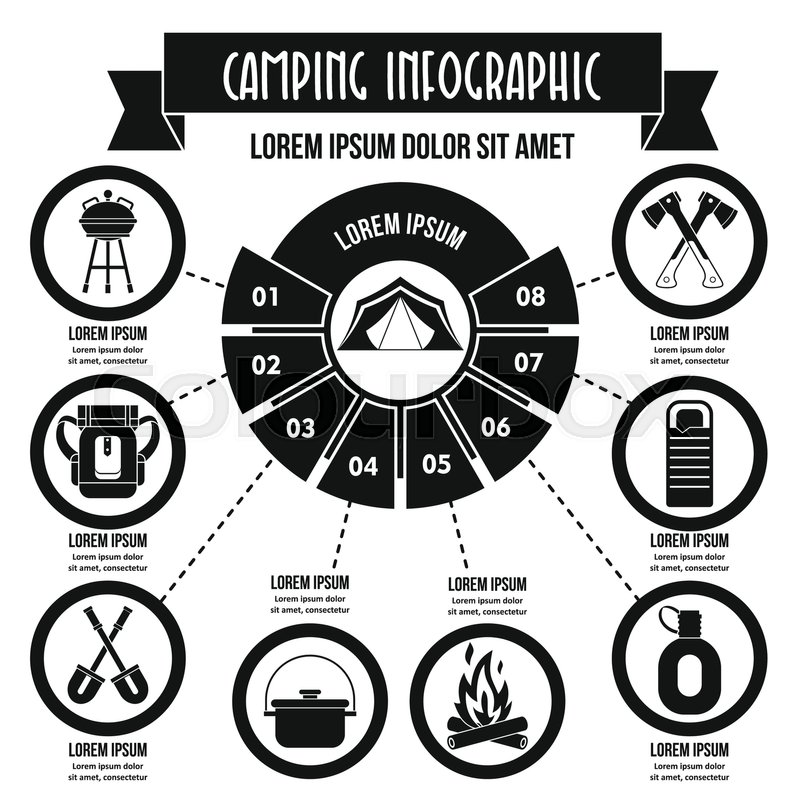Bell tents are coming to be significantly prominent as versatile, elegant shelters for outdoor camping and glamping. However what's the history behind this long-lasting design?
Should I buy a canvas tent?
Henry Hopkins Sibley patented the single-pole conical outdoor tents that we understand as a bell camping tent. However, he abandoned to the Confederacy and never received his aristocracies.
Eventually, someone else added brief walls to the cone cover and developed what we now know as a bell outdoor tents.
Origins
The popularity of bell outdoors tents is expanding, and they're now a staple at outdoor camping celebrations and as stylish yard resorts. Their spacious insides offer a flexible home from home setting that's suitable for families and teams of pals, while the circular layout assists with security in strong winds.
The design of the contemporary bell tent can be mapped back to army camping tents used by European militaries throughout the Crimean Battle in 1853-1856. Then, in America, a soldier called Henry Hopkins Sibley patented a comparable structure that drew ideas from American Tipis.
Both styles are still in operation today. Nevertheless, Sibley tents vary from their even more current cousins because they have side walls and an elevated larger entryway. Sibley outdoors tents additionally rely on a single main post for support that makes them easier to set up yet restricts setup options.
Function
Bell outdoors tents' distinct form and large interiors make them the perfect selection for a large range of outdoor activities. Whether you're hosting a yard camping celebration, glamping at a remote all-natural retreat or taking place an epic fantasy-inspired experience, the versatility of these outdoors tents ensures that your experience will certainly fit and trendy.
The bell-shaped outdoor tents was initially patented in 1856 by Henry Hopkins Sibley, who had actually created the layout after observing Indigenous American tipi camping tents. Nonetheless, he resigned from the US Military at the outbreak of the Civil War, waiving his rights to future nobilities.
Ever since, the design has ended up being a staple of several glamping experiences. These elegant camping tents usually feature luxurious bed linens and en-suite bathrooms, giving campers the chance to appreciate nature without sacrificing comfort.
Style
In the contemporary, bell camping tents have experienced a renewal in appeal, as individuals seek out a more immersive outside experience. They are made use of in a selection of settings, including camping, glamping, and events. Their special form, spacious interiors, and relatively simple assembly make them a popular choice for those seeking a sophisticated, historical panache to their exterior experiences.
The distinct shape of a bell tent produces high ceilings and enough clearance, making it comfy to stand in and walk around. In addition, the center pole is not placed near the entrance of the camping tent, enabling more personal privacy and area inside the sanctuary.
The bell outdoor tents layout traces back to an American soldier called Henry Hopkins Sibley, that was motivated by Indigenous American tipi outdoors tents when creating his variation of the bell outdoor tents in 1856. His layout was a significant improvement over traditional army tents, which were difficult to transport as a result of their complicated construction.
Materials
In contemporary times, Bell Tents are crafted from exceptional materials that are designed for lasting sturdiness. This is why they are a preferred option among tent footprint leisure campers, festival-goers, and glampers alike.
In the 19th century, an US Army officer called Henry Hopkins Sibley adjusted typical camping tents into what is now known as the modern bell outdoor tents. He based his layout on Indigenous American Tipi frameworks, including short wall surfaces to the main pole frame that made it more secure.
Today, polycotton canvas is an usual product utilized in the building of bell tents. This mix of cotton and polyester supplies a vast array of advantages, including breathability, superior climate resistance, and less complicated maintenance than pure cotton canvas. This fabric is also sturdy and abrasion-resistant. It is thicker than a lot of nylon materials, nevertheless, which can make it hefty and extra costly than normal tents.
Contemporary
In modern, the popularity of Bell Tents has taken off thanks to glamping websites and festivals providing these large tents for pairs, teams and families to enjoy. The visual charm and durability of these round camping tents are appealing to several campers.
Whether it be rainfall or wind, these tents hold their very own versus the aspects. Generally, they're made with canvas that is dealt with to safeguard against moisture, mold and UV rays.
What is a glamping cabin?
It isn't clear precisely when these tents were designed, however it's widely understood that they're a variant of a Sibley tent - called after Henry Hopkins Sibley, that adapted the style of the American Indian tipi. It is thought that whoever added brief walls to Sibley's cone cover was responsible for the development of the bell outdoor tents as we know it today.
